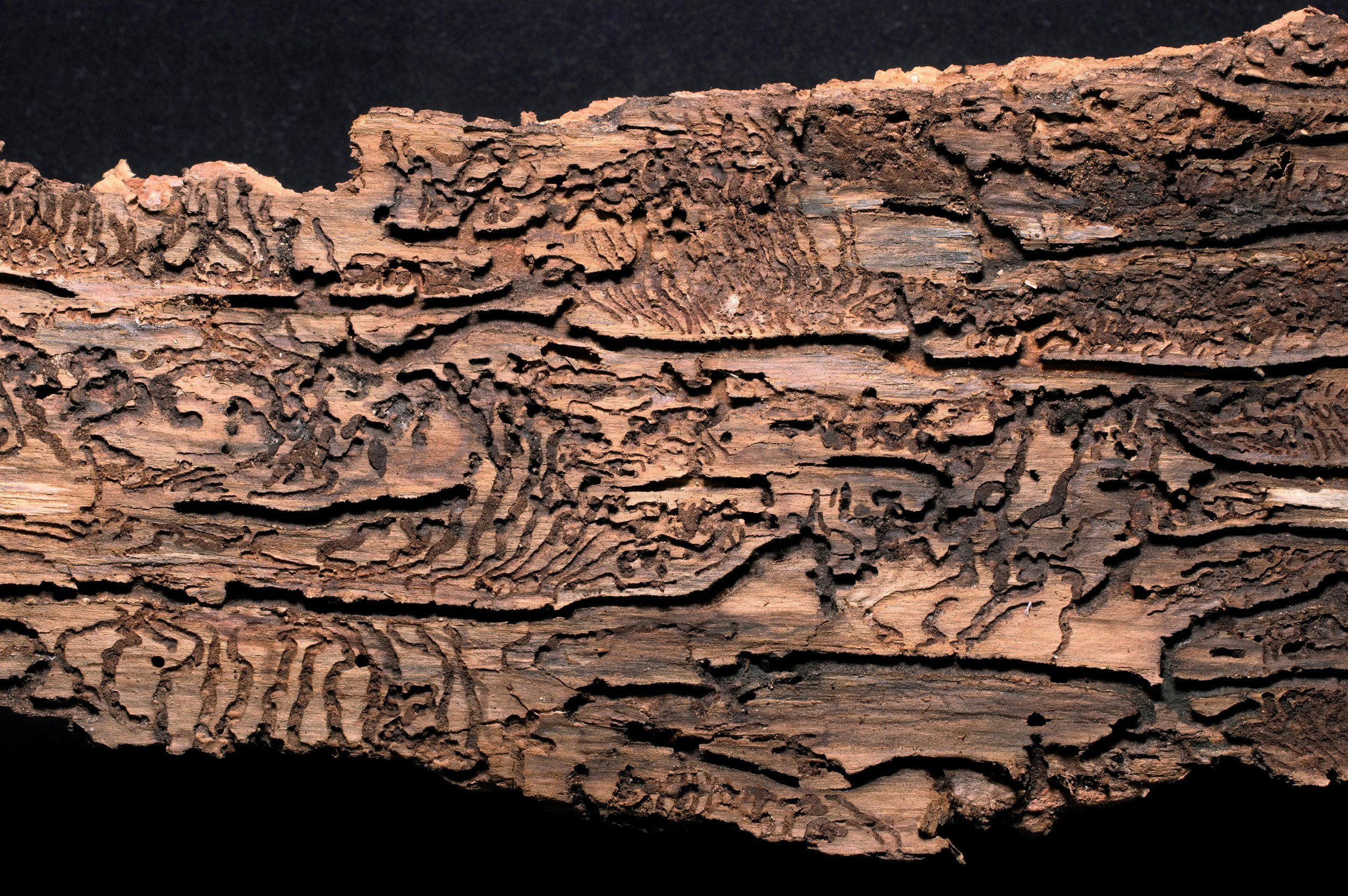
Pests, Diseases, & Dying Trees
Dying Trees
Large scale die offs of native trees such as Western red cedar, Douglas-fir, or ponderosa pine are becoming a more frequent occurrence in Western states. The causes stem from a constellation of factors that include weather-related stress from climate change, along with increased pressure from the pests and diseases that are expanding their range. Recognizing the context and cause for the die off should inform the response.
Climate-induced mortality
In some cases, climate and weather shifts are the primary stressor causing trees to die. This is thought to be the case with Western redcedar. The response to climate-induced mortality should take into account the specific context and microclimate of a given site.
Consider your resources: Settings where irrigation, replacement planting, or other care is an option can take on more risk, and attempt to preserve an endangered plant or ecosystem, better than projects or settings with lower resources (budget, water, personnel, etc.)
Location and Microclimate matters: Plants that are currently at the outside edges of their ideal range are most susceptible to climate-related mortality.
In some cases, ecosystem transition is the best option: Climate change may favor a new plant community or community structure as the most resilient option for a given site, and land managers should thoughtfully consider these ecosystem shifts on a case by case basis. For example, a site may want to shift from a closed canopy conifer forest, to an open canopy conifer or oak woodland (See section Plant Range Shifts)
Pests & Diseases Mortality
Climate change exacerbates pest and disease threats to plant communities, including increase in types and spread of insects, pathogens, and molds. Warmer winter temperatures allow organisms to expand to new territory, and trees that may be already under stress from drought are more susceptible to attack. Responses to pests and diseases need to be thoughtful and done in coordination with pathologists, arborists, and land managers. Progression of pests and diseases requires continuous monitoring, reporting, communication, and management.
Be aware of potential negative effects of restoration activities: Consider possible disease vectors such as mulch or nursery grown plants, and avoid introducing new pathogens to a site. Consult with pathologists to create an action plan. Plan for monitoring.
Talk to that jurisdiction, and their local experts, about what is working and not working: The local forestry extension is a good place to start.
Additional Information on Specific Species
